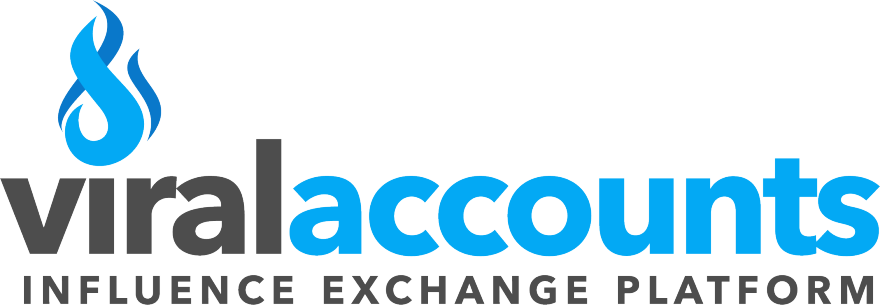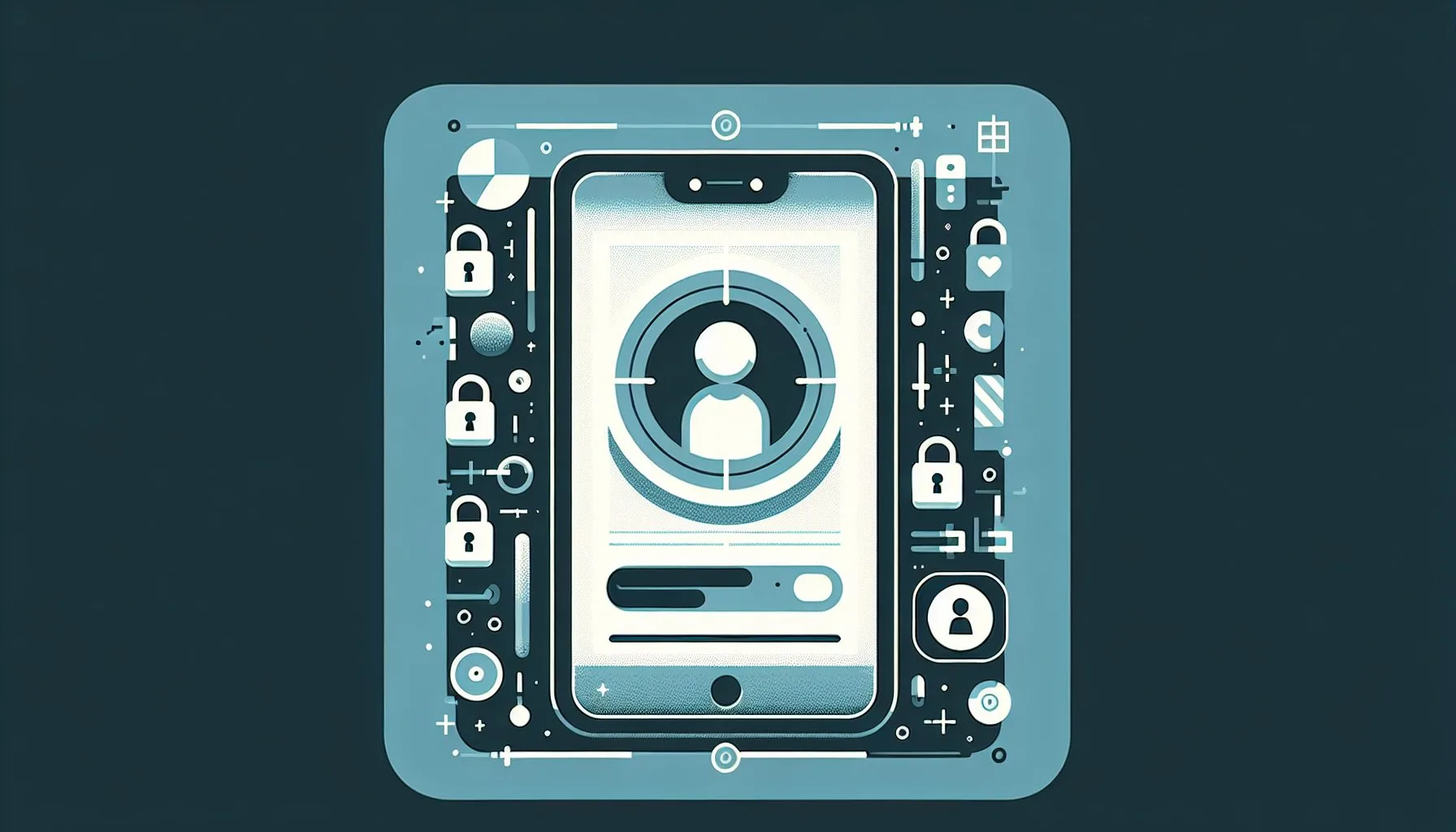Interesting Facts
Imagine you’ve just reached your limit with a troublesome follower on Twitter. Maybe they flooded your feed with spam or continuously crossed lines, making you uncomfortable. You decide to hit that block button, an action that instantly brings a wave of relief. Finally, some peace. But then a nagging thought creeps in: can that person still see my tweets? It’s a question many Twitter users ask, and the answer isn’t as straightforward as you might expect.
Let’s dive deeper into Twitter’s blocking system to understand what blocking actually does, how it changes what others can see, and most importantly, what a blocked user can or cannot do on this platform. To learn more about Twitter’s service features, you might want to visit our services page.
What Does Blocking on Twitter Actually Mean?
Blocking someone on Twitter is a way to protect your digital space and set boundaries. When you block an account, it prevents that user from following you, seeing your protected tweets, or directly engaging with your posts. The blocked person is automatically removed from your followers list, and you are removed from theirs. This cuts off direct communication and helps keep unwanted interactions at bay.
However—and here’s where it gets a little tricky—blocking doesn’t make all your tweets invisible to the blocked person, especially if your account is set to public. If you are interested in buying verified badges, check out options like the Twitter verification badge available to enhance credibility.
Public vs. Protected Twitter Accounts: The Crucial Difference
Your account’s privacy setting is key in determining whether a blocked user can see your tweets.
If your tweets are public—which is Twitter’s default—you share your posts openly with everyone. Anyone, even people without Twitter accounts, can read your tweets without facing any restrictions. In this case, blocking someone stops them from interacting with your tweets (like replying, liking, or retweeting) through their blocked account. But if they log out or use another account, they can still view your tweets freely. This phenomenon is also explained in detail in this Fortune article about Twitter block function changes.
This creates a strange scenario: blocking is meant to cut someone out, yet they can still watch your public timeline from the shadows, unable though to engage with you directly.
Conversely, if your tweets are protected, only approved followers can see them. Blocking someone here means they’ll be completely locked out from viewing your tweets unless you unblock them or approve their follow request again. This setting offers a much stronger shield, putting control firmly in your hands.
Why Can Blocked Users Still See Your Public Tweets?
It’s natural to wonder: if blocking is about cutting off connection, why do blocked users still have access to my tweets when my profile is public? The reason lies in why Twitter developed blocking in the first place.
Blocking is designed mainly to stop direct engagement—no likes, replies, retweets, or follows—not to make content vanish from the internet. Since public tweets can be viewed by anyone, including people not logged in or even those who don’t have Twitter accounts, blocking cannot magically erase your tweets from this wide audience.
Think of it like putting up a gate in front of your front door that keeps certain people from entering your house, but your garden is still visible from the street.
How Exactly Can a Blocked User See Your Tweets?
Here are some common ways a blocked user might still see your tweets despite the block:
- Logging Out or Browsing in Incognito Mode: Since your tweets are public, someone who’s blocked can simply log out of Twitter or browse in a private window to check out your timeline unrestricted.
- Using Alternate Accounts: If the blocked person has more than one Twitter account or borrows a friend’s profile, they can view your tweets just like anyone else. This is also analyzed in this Reddit discussion about Twitter blocks and account visibility.
- Third-Party Websites and Applications: Some external platforms collect and display public Twitter feeds. A blocked user might come across your tweets on these sites.
What Can Blocked Users Not Do on Twitter?
While a blocked user might still gaze at your public tweets, Twitter actively cuts off all direct interaction once you block someone. Here are the restrictions:
- They cannot follow you or see your protected tweets. Blocking immediately removes them from your followers and stops future follows.
- They cannot like, retweet, or reply to your tweets. Engagement from blocked accounts simply disappears.
- They cannot send you direct messages. This effectively blocks private conversations between you and the blocked user.
- They cannot tag you in tweets or add you to lists. This helps prevent indirect or unwanted attention.
Imagine blocking as putting up a fence: people outside can still peek through (if your profile is public), but they can’t get close enough to touch or speak.
What Happens to Your Relationship When You Block Someone?
Blocking resets the social connection on Twitter in a few key ways:
- Immediate removal from each other’s follower lists. Your tweets won’t show up in their timeline, and their tweets won’t appear in yours if you followed each other.
- Clearing past direct notifications and messages. Previous conversations become much harder to maintain or track.
- Ending existing interactions on the platform. This helps minimize opportunities for unwanted contact.
In essence, blocking closes the door between you and that person on Twitter.
Does Blocking Delete Old Replies or Mentions From the Blocked User?
Blocking prevents new contact but does not erase what’s already been said. If the blocked user had previously replied to your tweets or mentioned you using @username, those replies or mentions remain visible unless you take action. You would need to delete those past responses manually or switch to a protected account to prevent further visibility.
This means that while blocking builds a barrier forward, the traces of past interactions can still linger in your digital history.
What About Blocking in Group Conversations or Threads?
Things get even more complicated when you’re both part of public conversations or threads. If you block someone involved in a public thread, they can still see the tweets there—your contributions and theirs remain visible publicly. However, the blocked user cannot reply directly to your tweets or send you direct messages within those conversations. Interaction is effectively frozen on your end.
This public exposure despite blocking can be frustrating, but it reflects Twitter’s fundamental openness as a platform.
How to Completely Hide Your Tweets From a Specific Person
If your goal is to make your tweets completely invisible to a certain individual, blocking alone won’t always do the trick—especially with public accounts. Here are some additional steps to consider:
- Switch to a protected account. This changes your tweets so only approved followers can see them, sealing off your tweets from strangers and blocked users alike.
- Manually remove specific followers before blocking. This prevents unwanted followers from lingering as approved viewers.
- Use the mute feature. Muting hides someone’s tweets and notifications from your view without blocking them—helpful if you don’t want to sever all contact but need some peace.
- Manage lists carefully. While Twitter doesn’t offer private groups natively, organizing followers into lists (and keeping them private) can help manage who sees what indirectly.
Optimize Your Social Media Strategy Today
Balancing Privacy and Public Visibility on Twitter
Twitter thrives on sharing and public interaction. Keeping your account public maximizes your reach and influence, but also means less control over who views your tweets. Blocking controls direct engagement but is not a safeguard against visibility for public tweets.
Switching to protected tweets increases your privacy but may limit your reach and how many people can discover your content. Every user must weigh these trade-offs and decide what balance fits best with their personal comfort and goals.
Twitter Blocking Compared to Other Social Platforms
If you’re familiar with Facebook or Instagram, you might notice differences in how blocking works. Those platforms often block users more comprehensively – a blocked person usually can’t see your profile or posts at all.
Twitter’s approach is more nuanced because it’s designed around public sharing by default. Blocking cuts off direct communication and interaction, but total invisibility depends on privacy settings.
Common Misconceptions About Blocking on Twitter
Some misunderstandings pop up frequently:
- “Blocking hides all my tweets from the blocked person.” Not if your tweets are public. They can still view them when logged out or using other accounts.
- “Blocked users get notified when I block them.” Twitter doesn’t send any alert about a block.
- “Blocking deletes all past mentions and replies from that person.” Old replies stay visible unless you remove them manually.
Real-Life Stories: When Blocking Feels Like Covering a Window With a Sheet
One friend blocked a follower after repeated unwelcome messages. At first, it felt liberating—no more notifications, no more harassment. Yet weeks later, she found the same person commenting in public threads she participated in, still watching from the sidelines. It was frustrating—blocking was a barrier, but the person was still lurking.
Only when she switched to private tweets did she feel truly shielded. Blocking on Twitter can sometimes feel like putting up a thin sheet over a window: blocking the view only partially, especially when your account is public.
Tips for Managing Blocks Effectively on Twitter
To maintain a healthy Twitter space, consider these practical suggestions:
- Regularly check your privacy settings to make sure they reflect your comfort zone.
- Combine blocking with muting to reduce unwanted noise without cutting off all visibility if that suits you better.
- Review your followers and remove unknown or suspicious accounts promptly.
- Keep informed about Twitter’s changing privacy policies so you know when new tools or settings become available.
Final Thoughts: Blocking Is a Boundary, Not an Invisible Cloak
To circle back—can someone you blocked still see your tweets? The answer lies in your account’s privacy setup. Public profile? Yes, they can still see your tweets by logging out or using other accounts, but they cannot engage with you directly. Protected account? Blocking makes your tweets invisible to them.
Blocking draws a firm line—it says “no more interaction” and “no more following,” but it doesn’t always erase your presence from their eyes if your content is public.
Understanding these details helps you navigate Twitter’s social landscape with clarity and confidence. Your digital space deserves to be a safe, comfortable place—where you share on your terms, free from unwelcome watchers beyond your chosen boundaries.
In the end, the block button is just one tool among many to shape your online experience thoughtfully. Knowing its strengths and limits ensures that using it keeps your Twitter journey both healthy and fulfilling.
Can a blocked user still see my tweets on Twitter?
If your Twitter account is public, blocked users can still view your tweets by logging out or using alternate accounts, but they cannot interact with your content directly. Protected accounts hide tweets from blocked users entirely.
Does blocking someone on Twitter notify them?
No, Twitter does not send any notification when you block someone, so the blocked user won’t be directly informed.
Can a blocked user still see old replies or mentions from me?
Yes, any replies or mentions from the blocked user before blocking remain visible on your profile unless you delete them manually.

